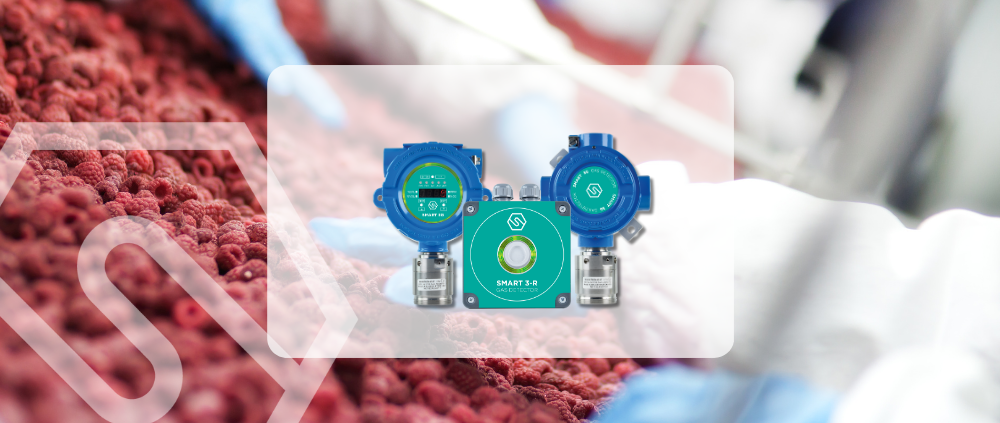In the food industry, product storage is one of the most delicate stages of the entire supply chain. From cold rooms to storage warehouses, from refrigerated environments to controlled atmosphere chambers, ensuring stable and safe environmental conditions is critical to maintaining food quality, ensuring compliance with health and hygiene regulations, and protecting the personnel working there.
In these environments, gases are not only a hazard to be monitored, but often become active components of the preservation process. Therefore, gas monitoring and detection assume a strategic role.
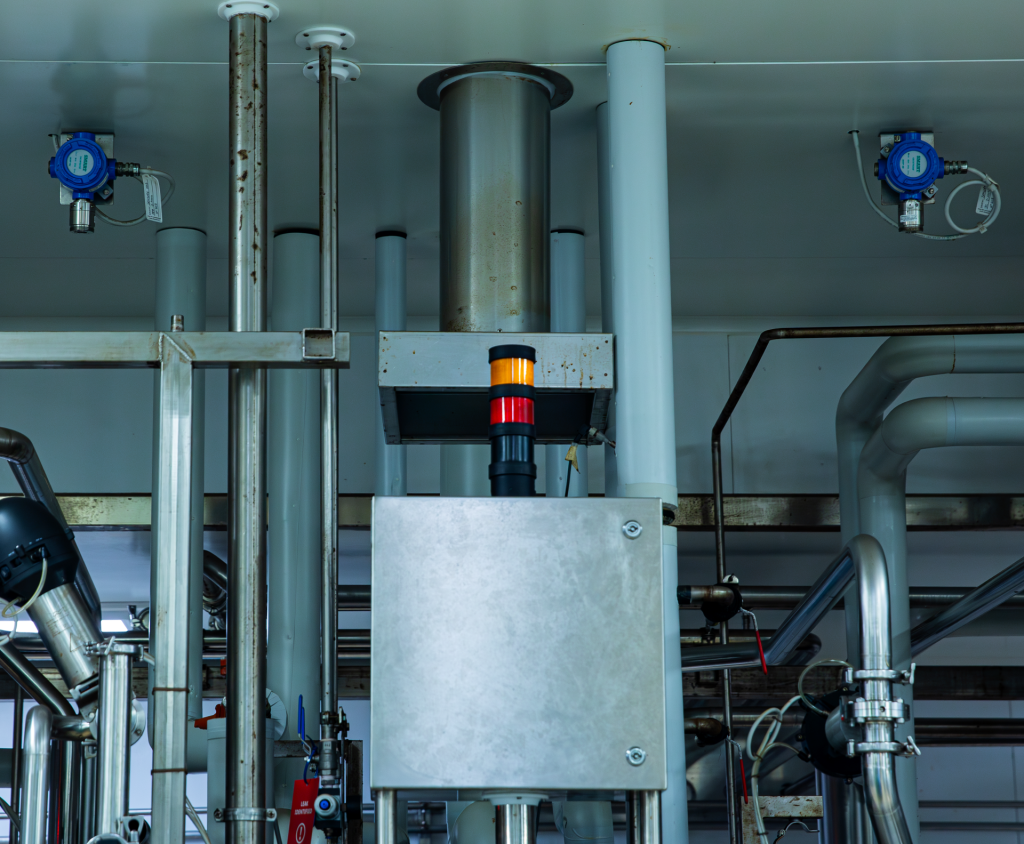
Food industry and modified atmospheres: major risks
In many food industry applications, such as Modified Atmosphere Packaging (MAP) cells, gases such as CO₂, O₂ and nitrogen are used to regulate the internal environment and prolong product shelf-life. However, the presence of these gases must be carefully monitored. For example:
- CO₂, commonly used as a natural preservative, can become dangerous if it accumulates indoors, causing asphyxiation and making spaces unbreathable.
- Oxygen, if present in the wrong amounts, can alter storage conditions or trigger undesirable reactions.
- Ammonia, used in industrial refrigeration systems, poses a risk to both health and plant safety.
Why install gas detection systems
Gas detection in food environments is essential to:
- Ensure operator safety by preventing exposure to toxic or asphyxiating gases;
- Preserve product quality by ensuring the balance of the indoor atmosphere;
- Detect leaks from refrigeration or gas distribution systems in a timely manner;
- Avoid production stoppages, economic damage and food waste.
Food industry: what are the right solutions?
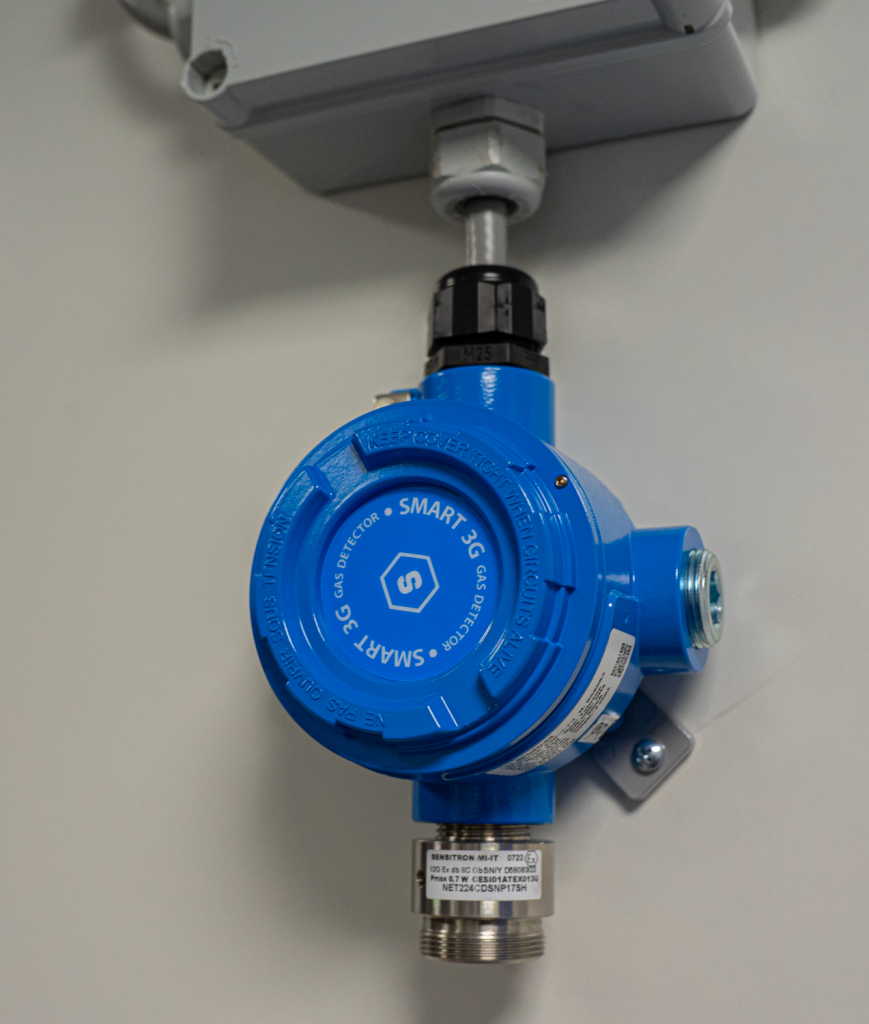

The most dedicated solutions for gas detection in the food industry, designed to operate in refrigerated, humid or low-temperature environments, may include:
- High-precision detectors for CO₂, NH₃, O₂, CH₄ and other gases used or generated in the industry;
- Robust and certified systems suitable for cold rooms, packing rooms, industrial refrigeration plants;
- Interfaces with control and alarm systems to ensure immediate emergency management.
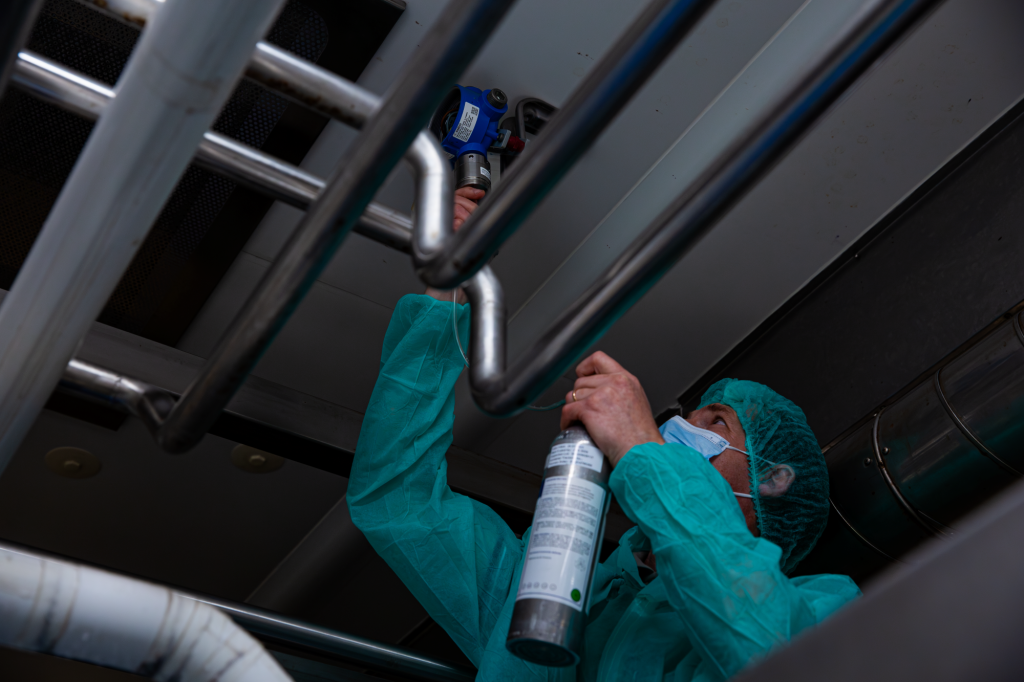
Why rely on Sensitron for the food industry
All Sensitron products comply with European and international gas detection standards and are designed to meet the specific requirements of the food industry. We are committed to supporting our partners in ensuring high standards of safety, quality and production continuity.
Discover our produtcs
Sensitron gas detectors are suitable for use in any application:
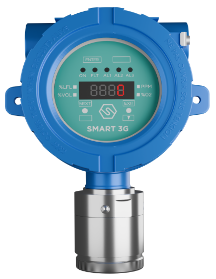
SMART 3G D2
Suitable for detecting flammable substances, toxic gases, refrigerants and oxygen in classified areas.ATEX, IECEx and SIL2/3 certified.
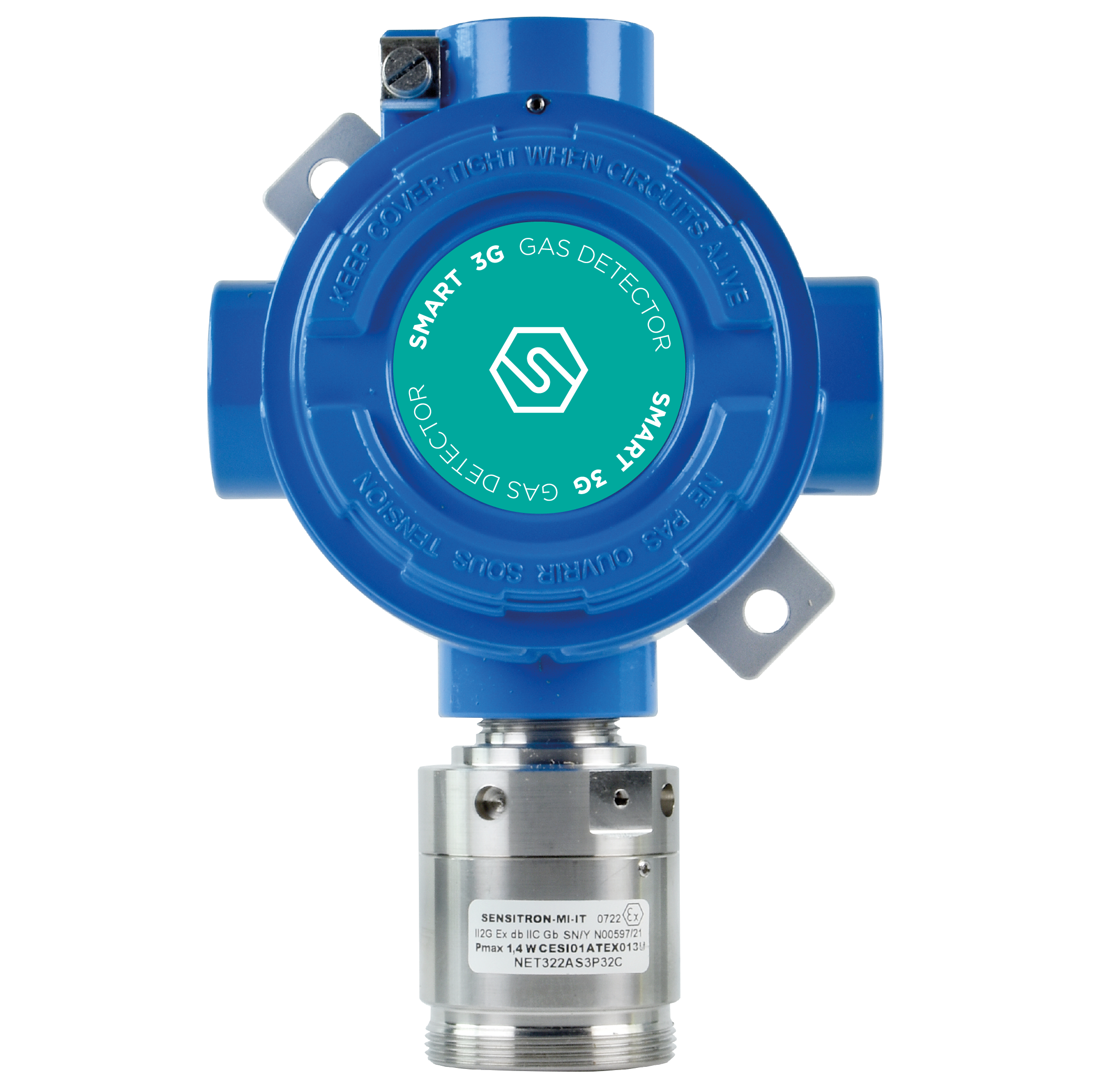
SMART 3G C2
Suitable for detecting, in classified areas, the presence of flammable substances (% LFL), toxic gases in ppm, refrigerant gases or for the detection of oxygen deficiency or excess.
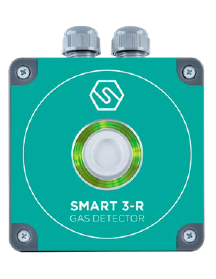
SMART 3 R
The SMART3 R detector enables the detection of explosive, toxic and refrigerant gases in unclassified areas, ideal for machine rooms and light industry. Meets F-gas regulation
Our certifications
Within hazardous environments where strict safety standards must be met, it is important to use products that are certified and in line with regulations. Learn about our certifications:
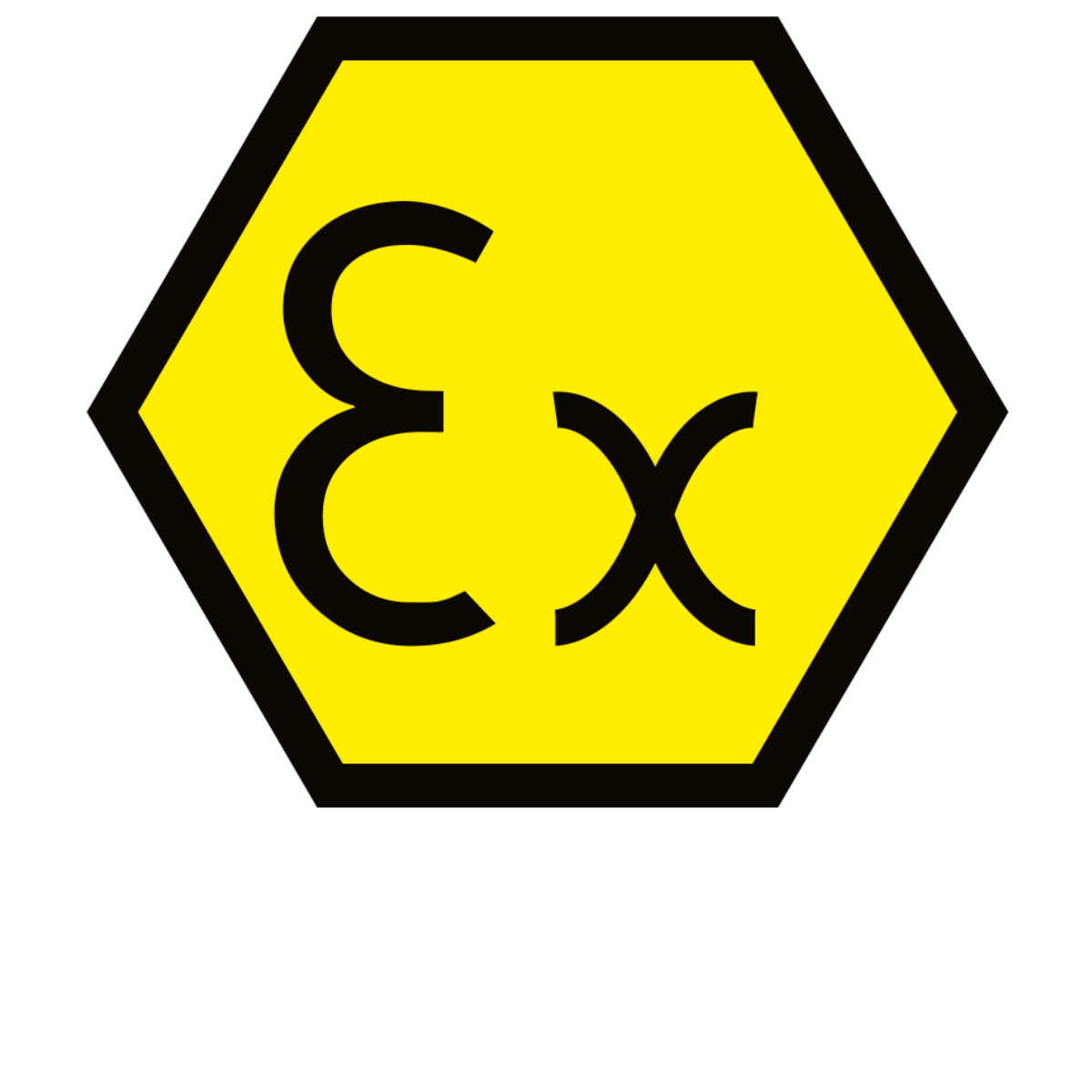
ATEX
The Directive sets out the requirements and assessment of equipment intended for use in potentially explosive atmospheres.
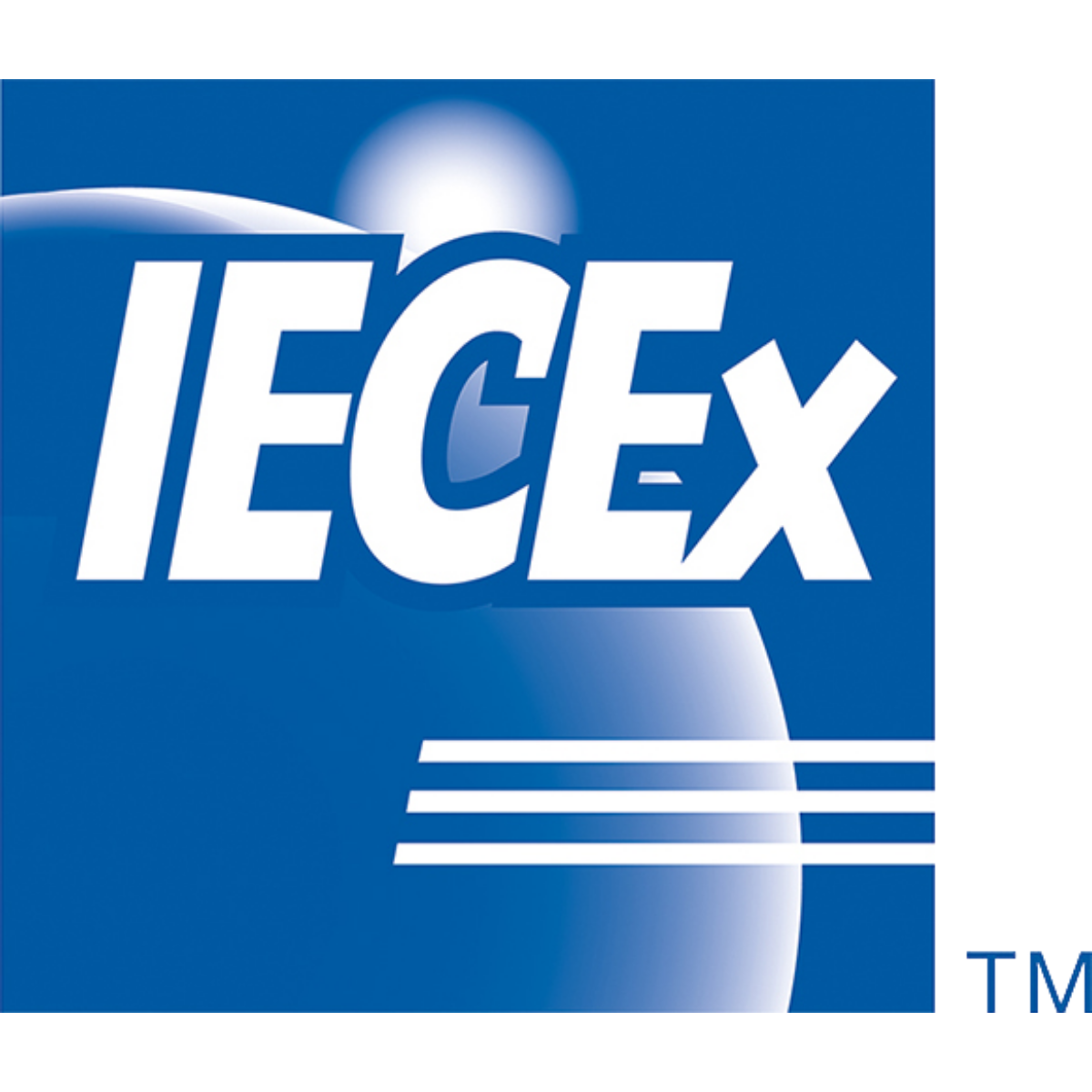
IECEx
The IECEx system is an international certification system. It is developed by the International Electrotechnical Commission.
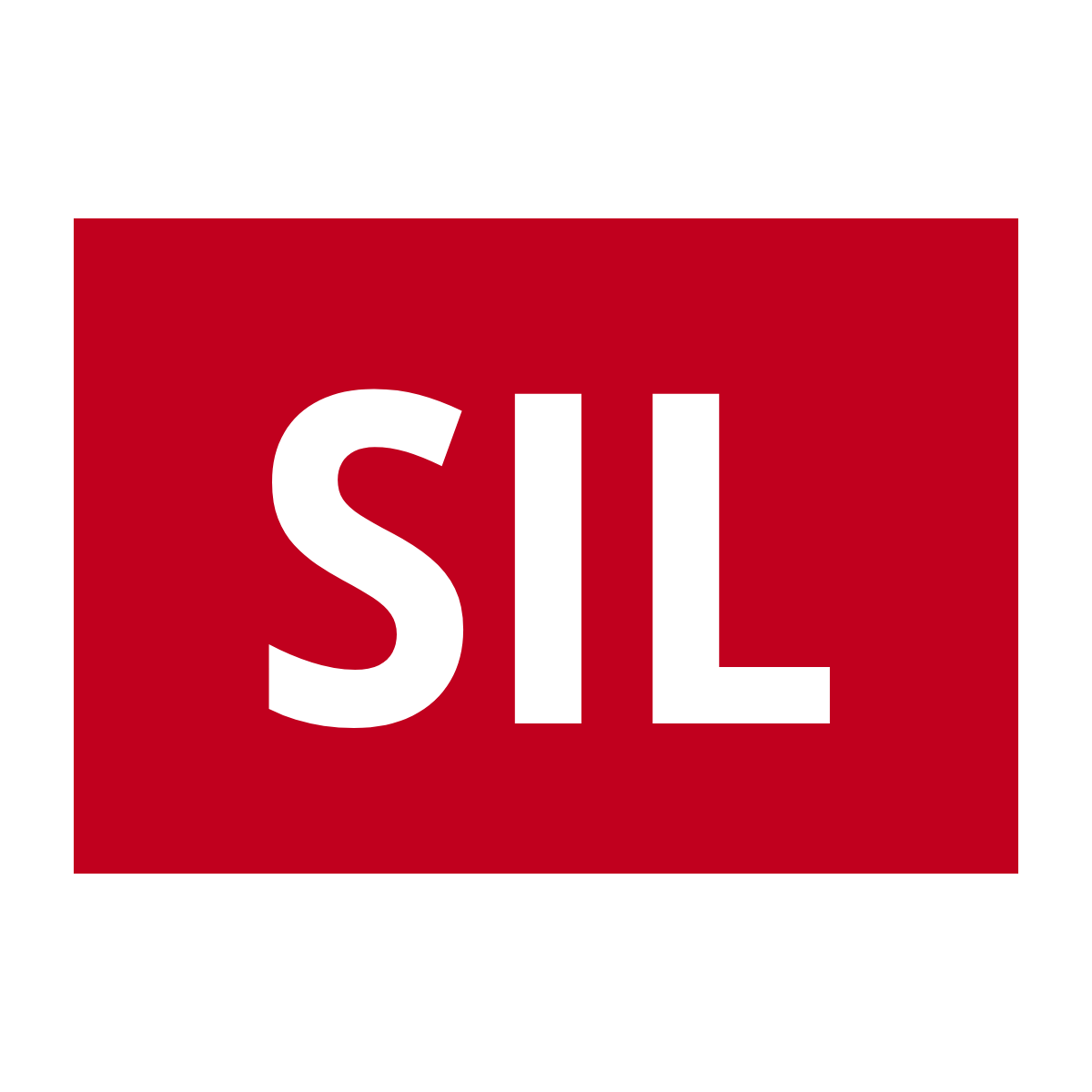
SIL
The Safety Integrity Level (SIL) is the ability to reduce the assessed risk by ensuring the reliability of safety systems.
